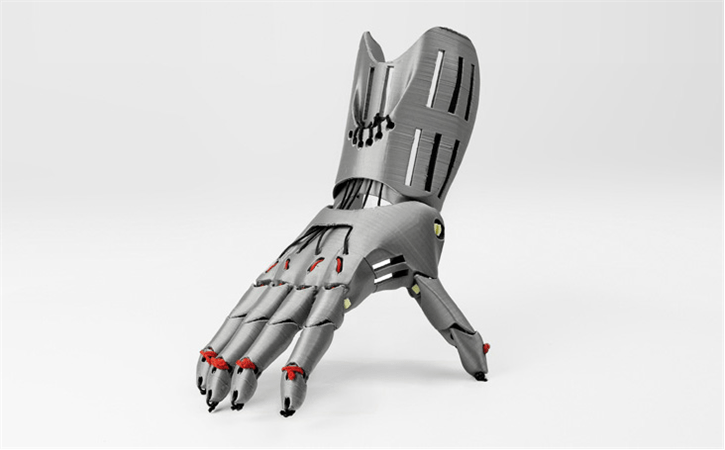As technology continues to evolve at breakneck speed, the realm of prosthetics is experiencing a seismic shift thanks to the advent of 3D printing. This innovation promises to offer a lifeline to the millions living with limb loss, turning once-costly prosthetic limbs into accessible solutions for diverse populations. In a world where nearly 200,000 amputations occur each year in the United States, the intersection of affordability and customization through 3D printing is revolutionizing lives and reshaping possibilities.
Accessibility Meets Affordability
Traditional prosthetics often come with staggering price tags ranging from $5,000 to $50,000, making them inaccessible for many. The introduction of 3D printing into the equation can dramatically change this scenario. With basic 3D printers now available for under $200, individuals and communities have the chance to design and manufacture prosthetic limbs tailored specifically to their needs. This democratization of prosthetic design is not only paving the way for greater affordability but also creating pathways for innovative customization.
The Economic Burden on Families
The financial strain of traditional prosthetics can be particularly burdensome for families, especially those with children who require frequent replacements. Given that the average lifespan of a prosthetic limb is around five years, the cumulative costs can balloon rapidly. Regular replacements due not only to wear and tear but also to the natural growth of the child mean that the financial burden can be significant, often compounded by insurance limitations. In this context, the 3D printing revolution serves as a beacon of hope for families seeking viable, cost-effective options.
Empowering Open-Source Community Initiatives
One of the most inspiring aspects of the 3D prosthetic movement is the rise of open-source projects like The Enable Community Foundation. This initiative harnesses the power of a global network of volunteers who utilize their 3D printing capabilities to create customized prosthetic hands for those in need, often at an astonishingly low cost of just $50. This spirit of collaboration not only spreads awareness but also encourages technological literacy across communities. Children with limb loss can now actively participate in their prosthetic design process, choosing features that suit their lifestyle and personal preferences.
Advancements in Technology for Natural Integration
As we continue to witness impressive advancements in prosthetics technology, we note the potential for integration into users’ daily lives. With innovations such as body-scanning technologies provided by companies like Body Labs, users can now obtain a precise 3D model of their limbs, increasing the accuracy of fit and comfort. Perhaps even more revolutionary are developments in predictive movement; UCLA’s Hugh Herr is at the forefront of this research, exploring ways for artificial limbs to synchronize naturally with body movements, minimizing the cognitive load on wearers.
The Future of Compatibility and Comfort
The compatibility of 3D printers with diverse materials, such as lightweight titanium, is paving the way for stronger and more comfortable prosthetic designs. The evolution of multi-material 3D printing will allow for natural socket designs that closely conform to the human body. Imagine prosthetics that are as comfortable and user-friendly as your favorite sneakers—built to last and perfectly tailored to enhance your life.
Conclusion: A New Dawn for Prosthetics
The realm of 3D-printed prosthetics heralds a brighter future for individuals with limb loss, providing them with solutions that are not only affordable but also tailored to their unique needs. As we stand on the brink of a healthcare revolution fueled by rapid technological advancement, accessibility, empathy, and collaboration will continue to drive innovation. At fxis.ai, we believe that such advancements are crucial for the future of AI, as they enable more comprehensive and effective solutions. Our team is continually exploring new methodologies to push the envelope in artificial intelligence, ensuring that our clients benefit from the latest technological innovations. For more insights, updates, or to collaborate on AI development projects, stay connected with fxis.ai.

